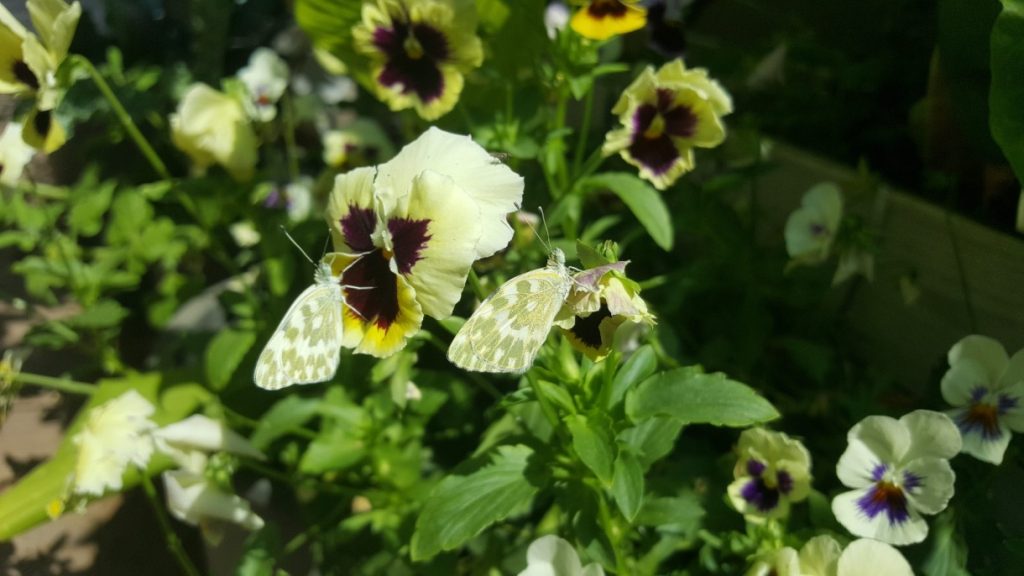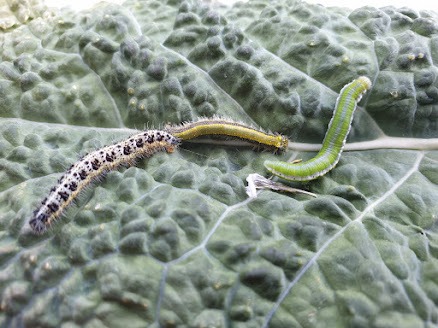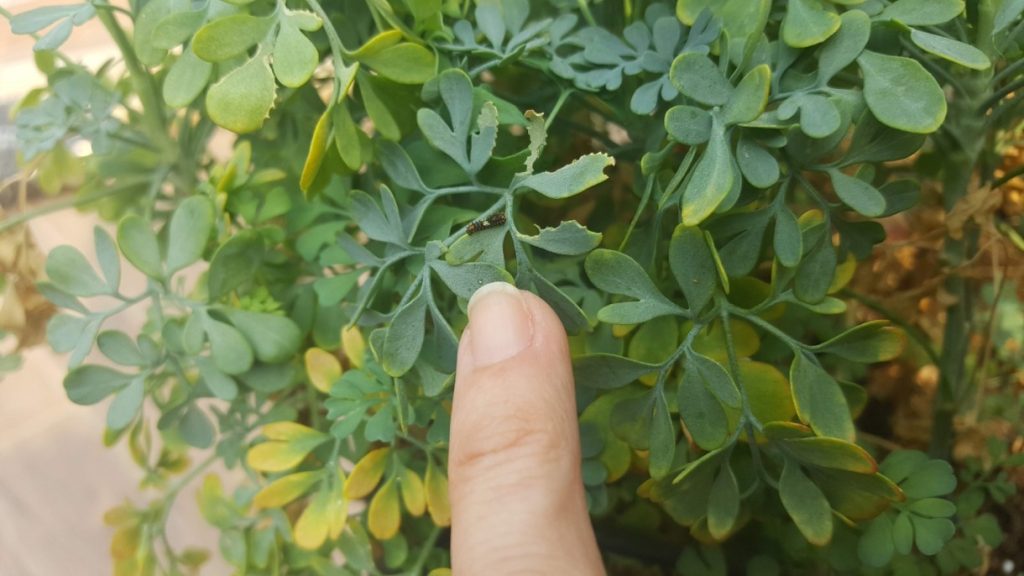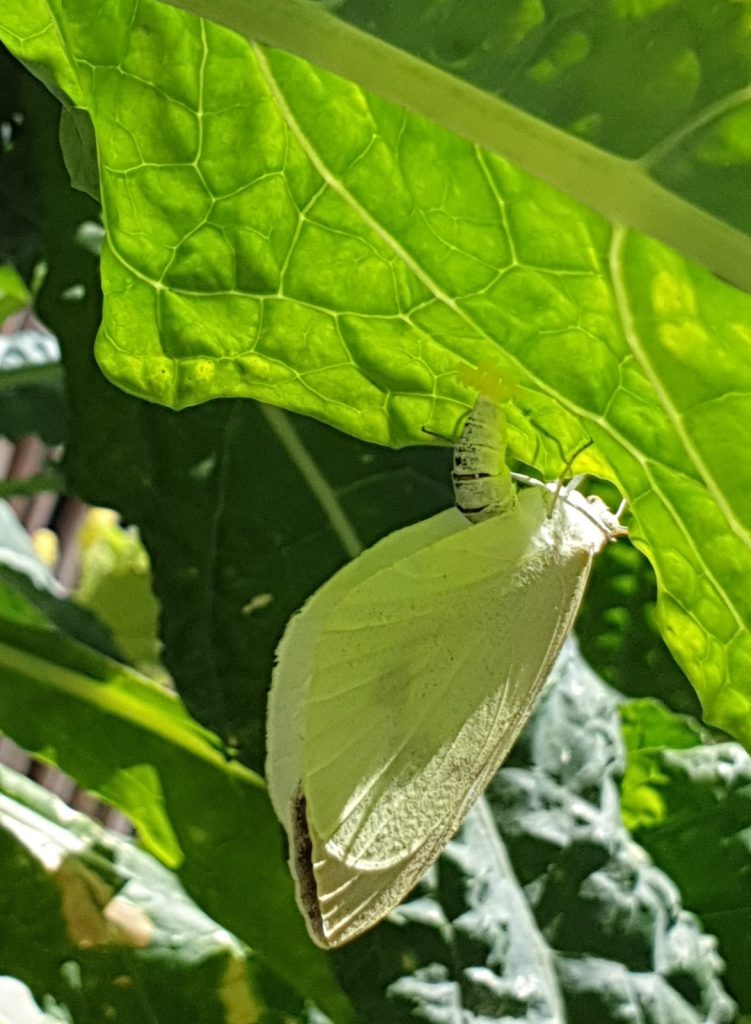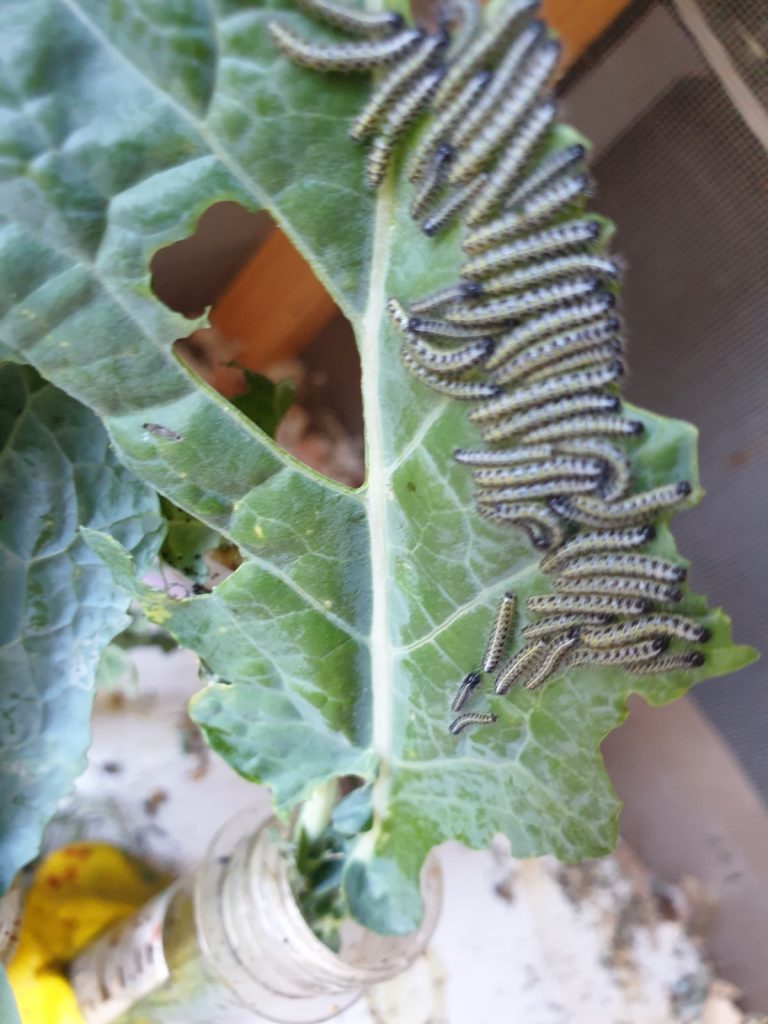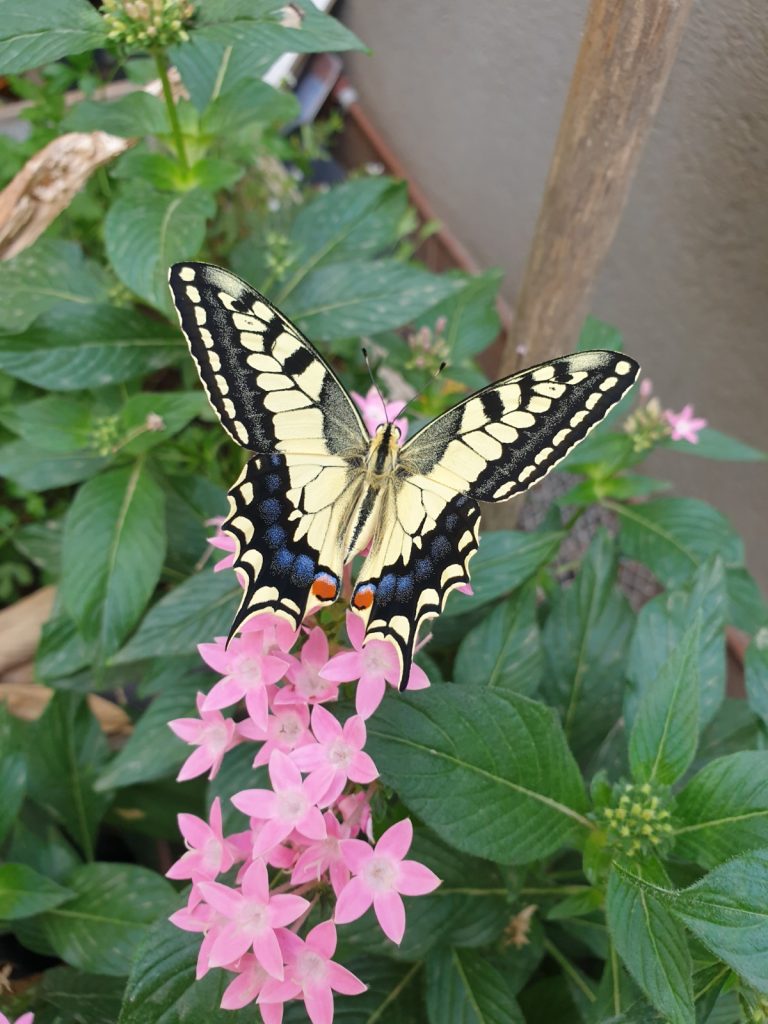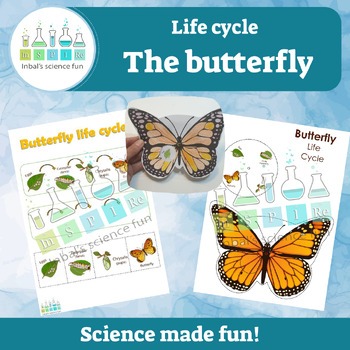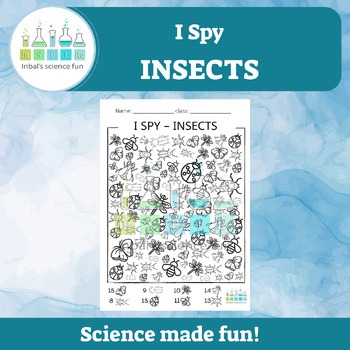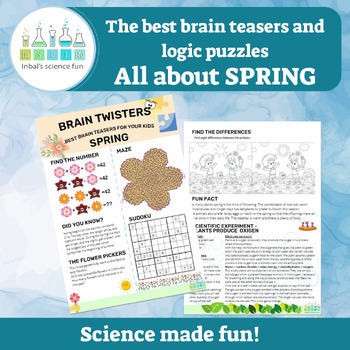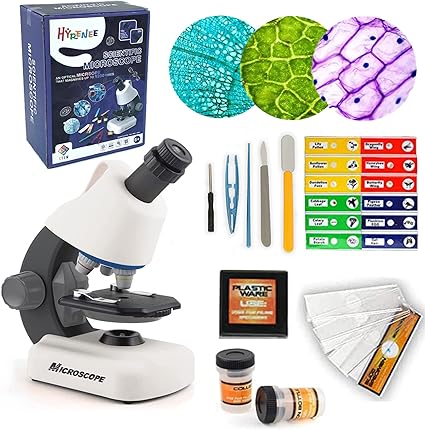Witnessing Butterfly Metamorphosis: A Teacher's Guide to a School Butterfly Garden
The Butterfly life cycle is not only a stunning natural spectacle but also offers a rich educational opportunity. This transformation can be observed in real-time within your schoolyard by setting up a butterfly garden. This guide provides step-by-step instructions to help educators create a captivating learning experience through the life cycle stages of these graceful insects.
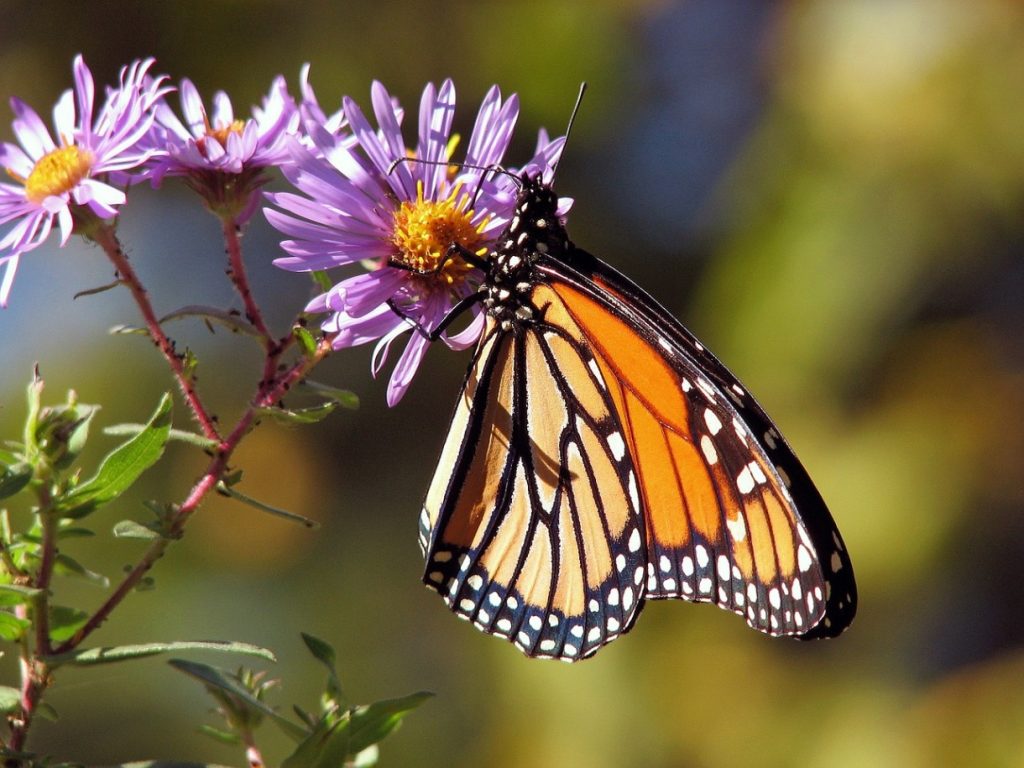
Creating the Perfect Habitat
The journey begins with establishing the right environment. Research the types of butterflies native to your area. In the US, monarch butterflies are a common choice. To attract them, plant milkweed, their caterpillar’s primary food source, available at local nurseries. Ensure plenty of nectar-rich flowers are nearby for the adult butterflies.
You can check the monarch population here: Monarch butterflies
for further reading, I recomend you buy the book: Monarchs and milkweed
If you notice butterflies flying around, inspect the plants for eggs.
Alternatively, consider starting with a butterfly habitat kit,These kits are typically equipped with everything needed, including caterpillars.
If living in the UK, Insect Lore has some kits: Butterfly garden kits
Caring for Caterpillars
Upon your caterpillars’ arrival, ensure they have ample food, especially if they are being raised outdoors with fresh milkweed. If using a kit, food is typically included. Observing and documenting their eating habits and growth provides invaluable lessons. As they near transformation, include branches in the terrarium for chrysalis formation.
The Chrysalis Stage
The magic unfolds as caterpillars form their chrysalides. Teach students the patience nature requires during this stage and use the opportunity to discuss insect anatomy and the changes occurring within the chrysalis.
The Emergence of Butterflies
The emergence of butterflies is a momentous occasion. Prepare students to observe without interference. Integrate discussions on the fragility of life and butterfly anatomy as they witness the butterflies strengthen their wings.
Release and Reflection
Releasing the butterflies is the educational journey’s culminating act, reinforcing life cycle and ecosystem concepts. Encourage students to reflect on their learnings and the crucial role of butterflies and other pollinators in nature.
In conclusion, a school butterfly garden opens a window into the extraordinary insect world, fostering scientific curiosity and respect for natural life cycles.
**This post contains affiliate links.
